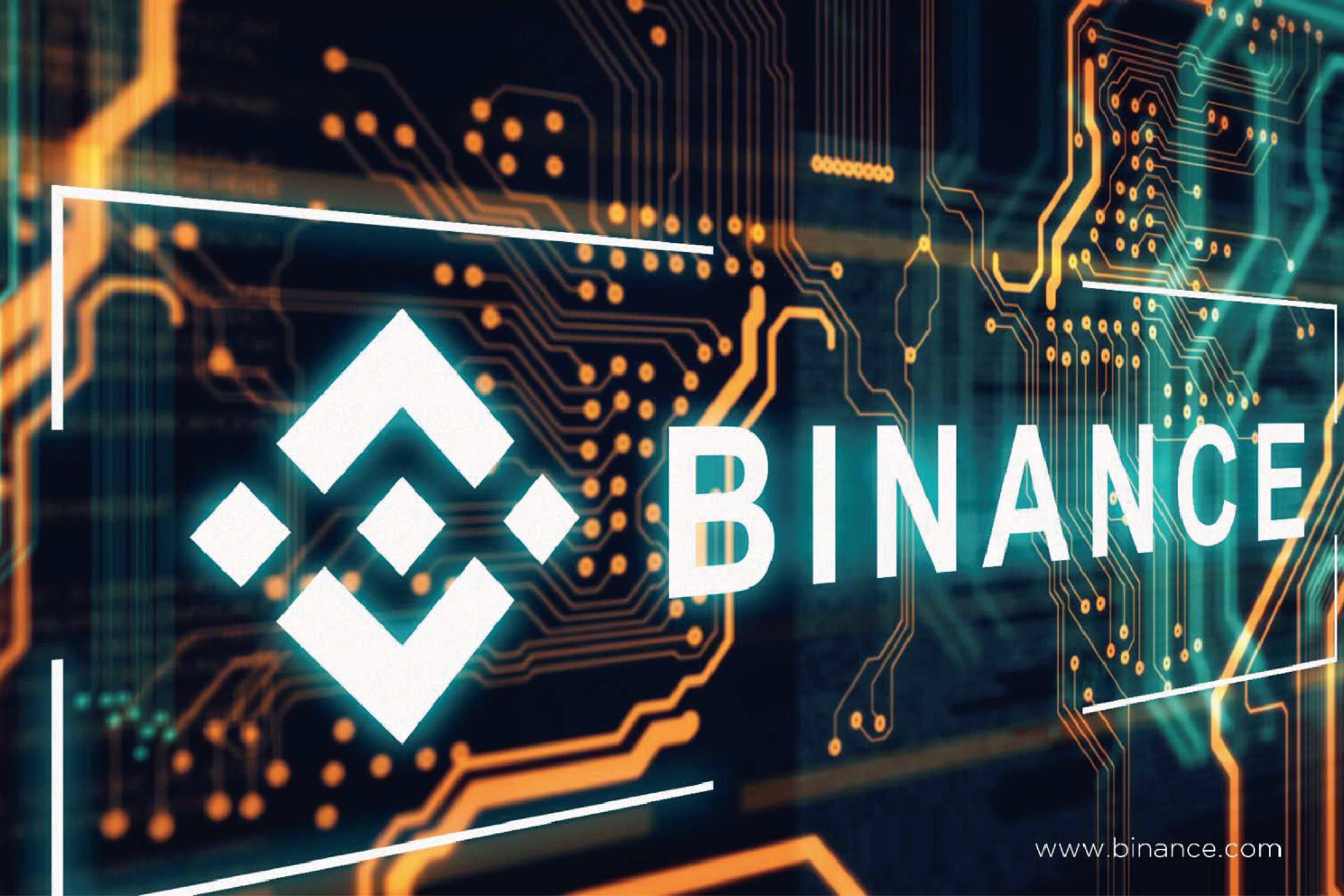Binance Analyzes Trends: Crypto Market Capitalization Grows, NFT Sales Decline
Global crypto market capitalization rose 6.1% in July, driven by regulatory news and Web 3.0 growth. DeFi LTV increased 3.5% to nearly $100 billion, highlighted by the rise of ecosystems such as CORE and Polymarket. NFT market revenues declined 7.1%, but SOL-based collections saw relative volume growth.
The global crypto market capitalization increased by 6.1% in July, driven by positive developments in the industry. These included positive regulatory newsflow and significant growth in key Web 3.0 projects.
That said, concerns remain that could influence industry trends in August. This includes Mt. Gox reimbursements and US government BTC transfers.
Key Crypto Trends Revealed by Binance
One of the drivers of the 6.1% surge in the crypto market in July was the historic approval of nine Ethereum spot ETFs. This decision brought Ethereum (ETH) to Wall Street and inspired a new wave of capital inflows into the market, just as bitcoin did in January.
Reports that the German government had completed the sale of its 50,000 bitcoin (BTC) to centralized exchanges also eased market fears in July. The shift in sentiment was also fueled by Donald Trump’s bullish comments during the Bitcoin 2024 conference.
The decentralized finance (DeFi) space surged 3.5% in July to $99.93 billion, according to data from DefiLlama. Very similar to the crypto market capitalization chart is the total value locked in (TVL) chart for DeFi.
TVL is measured in dollars. This is a factor in crypto security prices. Therefore, an increase in DeFi’s TVL can represent an overall increase in collateral value.
The CORE, Scroll and Mantle ecosystems stand out for significant gains. Among the DeFi protocols, Polymarket has experienced significant growth, with its volume increasing by more than 614% in July as compared to its volume in January. Similarly, Symbiotic saw a 283% increase in TVL, amidst growing interest in redemption.
Binance Highlights SOL and XRP Performance
The report also highlights Solana (SOL) and Ripple (XRP) as the top performing altcoins. For the Solana ecosystem, this was driven by the growth in trading volume on its decentralized exchange (DEX).
On a DEX, any project can instantly list its token and provide liquidity as a market maker. SOL-based memecoins continue to be a key trend. For XRP, the CME and CF Benchmarks announcements and the hype around the Ripple vs. SEC (Securities and Exchange Commission) case provided a boost.
Binance Research also highlights the remarkable performance of TRON (TRX). They cite Justin Sun’s plans to develop a gas-free stablecoin. Meanwhile, several ecosystems, including Avalanche (AVAX) and Toncoin (TON), lost value despite bullish network developments. The TON ecosystem, for example, saw its token value drop by 12% despite valuable growth.
NFT Market Sales Volume Drops by 7%
The non-fungible token (NFT) market, on the other hand, saw a decline in July. Sales volume fell by 7.1%. While the top Ethereum and top Ordinaries collections saw declines, it is worth noting that the volume of SOL-based collections such as Solana Monkey Business and Retardio Cousins increased.
NFT trading volumes in the OpenSea market are declining, returning to levels last seen in 2021, as we reported in April and May. Innovation in the space may be stifled by the decline in NFT sales and participation in blockchain platforms. This is because the market is shifting from speculative value to pragmatic value.
In fact, niche collections can still generate significant interest and high valuations while the overall market is in decline. Publishers and platforms may need to prioritize real-world use cases, including proof-of-ownership, digital identity, and game assets that have significant in-game value.
By Leonardo Perez
